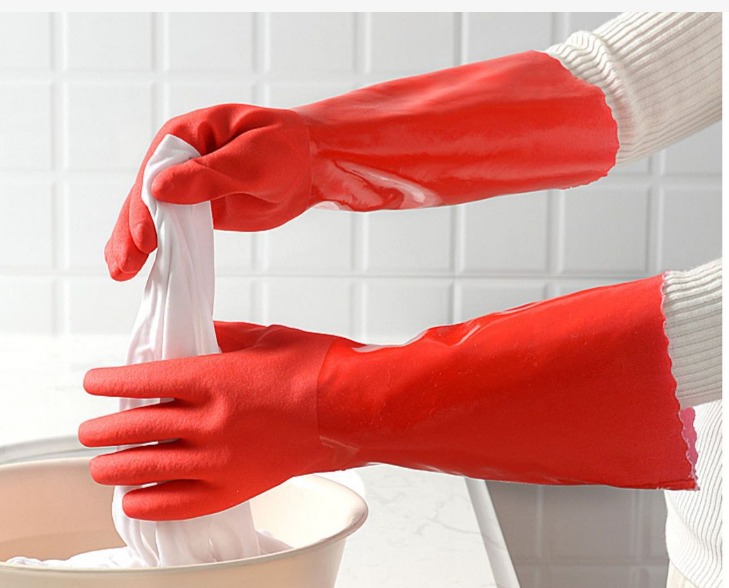Personal Protective Equipment (PPE) is an essential aspect of workplace safety, designed to shield employees from hazards specific to their work environment. In Kenya, where industries range from agriculture to construction and healthcare, selecting the appropriate PPE is critical not only for compliance with safety regulations but also for ensuring the well-being of workers.
Here’s a comprehensive guide to choosing the right PPE for your industry in Kenya.
Understanding the Hazards in Your Industry
The first step in selecting PPE is identifying the hazards specific to your industry. Kenya’s diverse economic sectors present varied risks:
- Construction: Risks include falling objects, sharp tools, and dust inhalation.
- Agriculture: Workers face exposure to chemicals, machinery, and extreme weather.
- Healthcare: Hazards include exposure to infectious agents and bodily fluids.
- Manufacturing: Common risks include loud noises, flying debris, and chemical exposure.
A thorough workplace hazard assessment is crucial to determine the type of PPE needed.
Regulatory Compliance in Kenya
Kenya’s Occupational Safety and Health Act (OSHA) provides guidelines on workplace safety and PPE usage. Employers are required to:
- Conduct regular risk assessments.
- Provide workers with suitable PPE at no cost.
- Train employees on the correct use and maintenance of PPE.
Non-compliance can lead to fines and increased workplace accidents, so understanding these legal requirements is essential.
Tips for Choosing the Right PPE in Kenya
1. Quality Over Cost
While budget constraints are a reality, investing in high-quality PPE ensures durability and better protection. Look for PPE that complies with international standards like ISO or those certified by KEBS (Kenya Bureau of Standards).
2. Fit and Comfort
PPE that doesn’t fit properly can compromise safety and discourage usage. Choose adjustable options, especially for gloves, helmets, and respirators.
3. Climate Considerations
Kenya’s hot climate can make wearing PPE uncomfortable. Opt for breathable materials and lightweight designs to ensure workers remain protected without overheating.
4. Employee Training
Providing PPE isn’t enough. Employees must know how to use, maintain, and store their equipment. Regular training sessions will ensure PPE is used effectively.
5. Maintenance and Replacement
Inspect PPE regularly for signs of wear and tear. Replace damaged or expired equipment immediately to avoid compromising safety.
Conclusion
Choosing the right PPE for your industry in Kenya requires a detailed understanding of workplace hazards, regulatory compliance, and employee needs. By prioritizing quality, comfort, and proper training, employers can create a safer environment for their workforce. Remember, investing in PPE is not just a regulatory requirement—it’s a commitment to the health and safety of your team.

